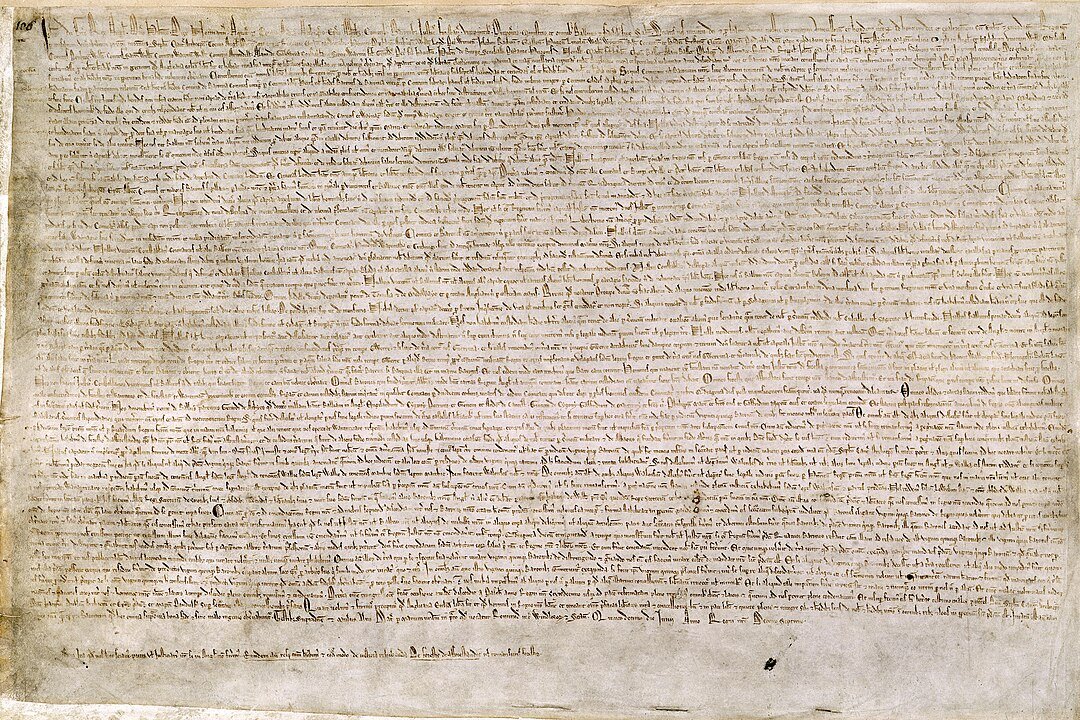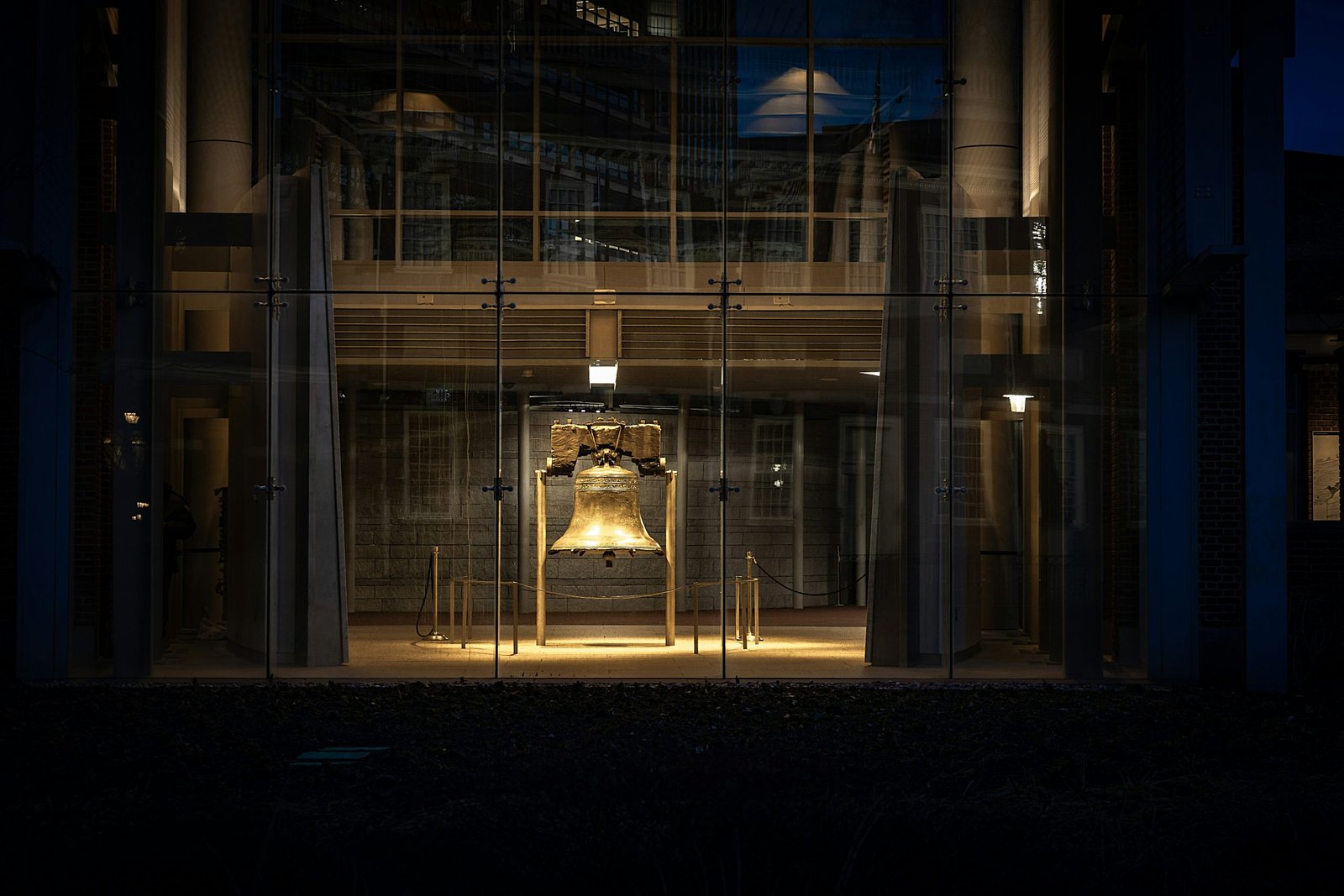The Magna Carta, also known as the Great Charter, was issued in June 1215. It holds significant historical importance as it was the first document to establish the principle that the king and his government were not above the law. The Magna Carta aimed to prevent the exploitation of power by the king and placed limits on royal authority by recognizing the power of law itself.
The initial version of the Magna Carta was issued in 1215 at Runnymede, a field located near the Thames in Berkshire, between Windsor and Staines. During this time, lords throughout society, including the king, issued charters granting rights and liberties to individuals and groups. These charters were written records of actions and were authenticated with a wax seal.
Although the form of the Magna Carta was typical for that era, its creation was a result of a political crisis and an uprising of the leading men of England. It was drafted by Cardinal Stephen Langton, the Archbishop of Canterbury, to reconcile the unpopular king with a group of rebel barons.
The Magna Carta promised various protections, including the safeguarding of church rights, protection against illegal imprisonment for the barons, access to swift and impartial justice, and limitations on feudal payments to the Crown. These provisions were to be implemented through a council of 25 barons.
However, neither side fully adhered to their commitments, and the charter was eventually annulled by Pope Innocent III, leading to the First Barons’ War.
In 2015, the Houses of Parliament and the people of the UK commemorated 800 years since the sealing of the Magna Carta, highlighting its enduring significance in the development of law and governance.





